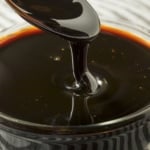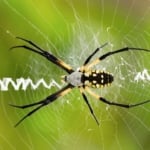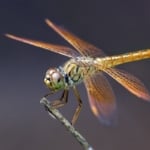How to Avoid A Skin Rash In The Garden
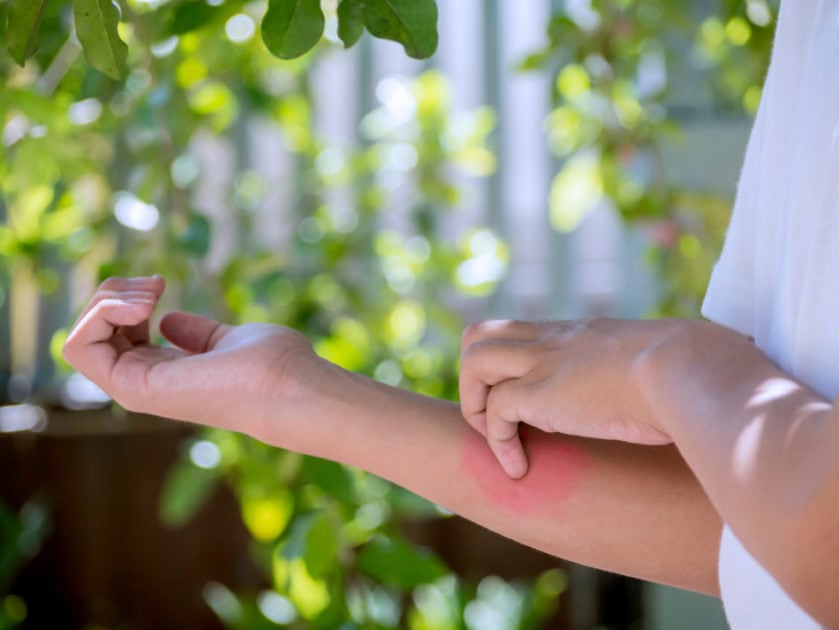
Have you ever had a skin rash after weeding or harvesting in the garden? Some plants and fruits can cause painful dermatitis. We are calling attention to one kind of skin rash here so that you can know how to avoid it. It’s called “Margarita burn” or Phytophotodermatitis (Phyto-photo dermatitis). While it may sound like a trendy summer cocktail, it’s the last thing you want to be served on a sunny day!
Margarita burn occurs when the juice or sap of plants with certain compounds (called furanocoumarins) get on your skin while you’re out in the Sun. The following information is valuable to everyone as it’s possible to come in contact with harmful plants and fruits outside of the garden—while walking, hiking, or doing yard work. Even cutting limes outside and getting some of the juice on your hands may cause this condition! Read on.
What Causes “Margarita Burn” Skin Rash?
A combination of two things produces this type of dermatitis.
- Getting the juice or sap of certain plants on your skin.
- Exposing that substance to sunlight.
What Are The Symptoms?
Margarita burn may cause a range of unpleasant, painful symptoms including: rash, burning sensation, inflammation, swelling, blisters, and peeling skin. It affects areas of the body exposed to the sun, but it is not a sunburn. Although a burning sensation and skin cell damage does occur. Hyperpigmentation (discoloration of the skin) may occur a week or two after the initial reaction. In most instances, any hyperpigmentation will eventually fade.
Plants, Vegetables, And Fruits That May Cause A “Margarita Burn” Skin Rash
Here is a list of plants that contain a toxin (known as furanocoumarin) that should be handled with caution:
- Giant Hogweed (Heracleum mantegazzianum)*
- Cow parsnip (Heracleum spondylium)
- Fig sap, not the fruit (Ficus carica)
- Gas plant (Dictamnus albus)
- Queen Ann’s Lace (Ammi majus)
- Parsnip. (Other garden vegetables with low levels include: carrots, celery, celeriac, and parsley.)
- Fruits: Limes, lemons, and mangos.
*The most toxic plant on the list is the Giant Hogweed. Contact with its phototoxic sap is known to deliver a severe burn. The plant can reach about 14 feet tall. It’s pretty clusters of tiny white flowers resemble Queen Anne’s lace. But beware. This invasion plant is extremely toxic.
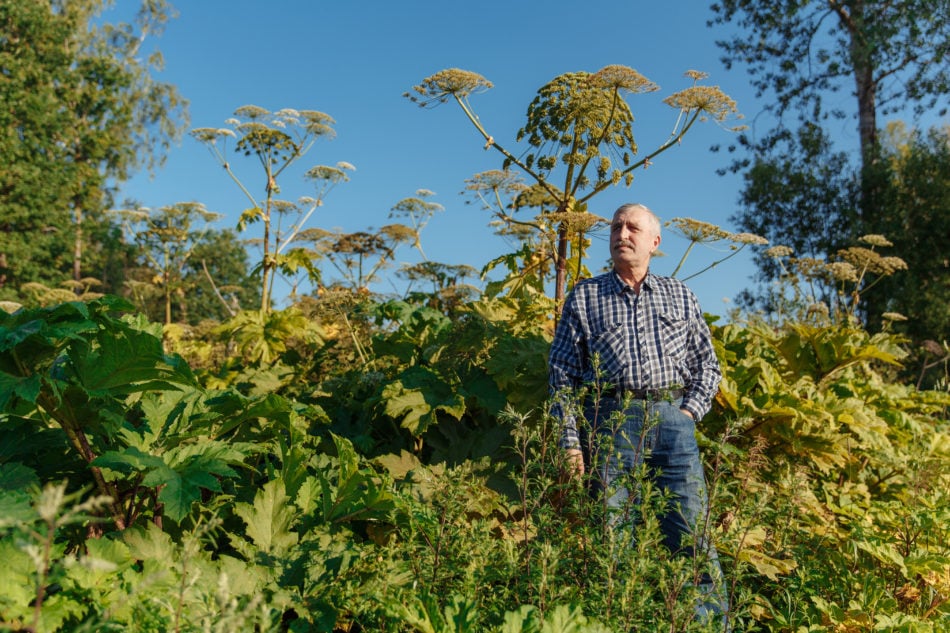
Although giant hogweed’s hollow stems are tempting to use in play as pea shooters, children should be cautioned not to touch the plant. This dangerous plant should be removed from your yard with caution. Wear waterproof gloves, protective clothing and goggles or a face shield, especially when removing taller plants. Do not touch your face or rub your eyes during the removal process.
Do not burn this plant or compost it. To destroy the plant, seal it in a black garbage bag. If any sap touches your body, wash with soap and water as soon as possible. Then apply sunscreen or wear clothing that blocks sunlight.
When Does It Most Likely Occur?
Margarita burn (Phytophotodermatitis) occurs mostly in the warm spring and summer months.
How to Avoid “Margarita Burn” Skin Rash
Those working in gardens and landscapes where any of these plants are present, should:
- Wear waterproof gloves, visor, and protective clothing.
- Wash your hands, bare arms, and/or legs thoroughly with soap and water soon after exposure. (This precautionary step will reduce the likelihood of any plant residue from being absorbed into the skin.)
- When spending time outside, it is also advisable to avoid using lotions, ointments, perfumes, hand sanitizers or other products applied to the skin that contain citrus oils or juices.
- Slice or juice fresh citrus indoors and wash your hands before going outside. (Slicing limes in a sunny outdoor location has sent people to the ER with painful blisters. Don’t ruin your vacation or outdoor dining!)
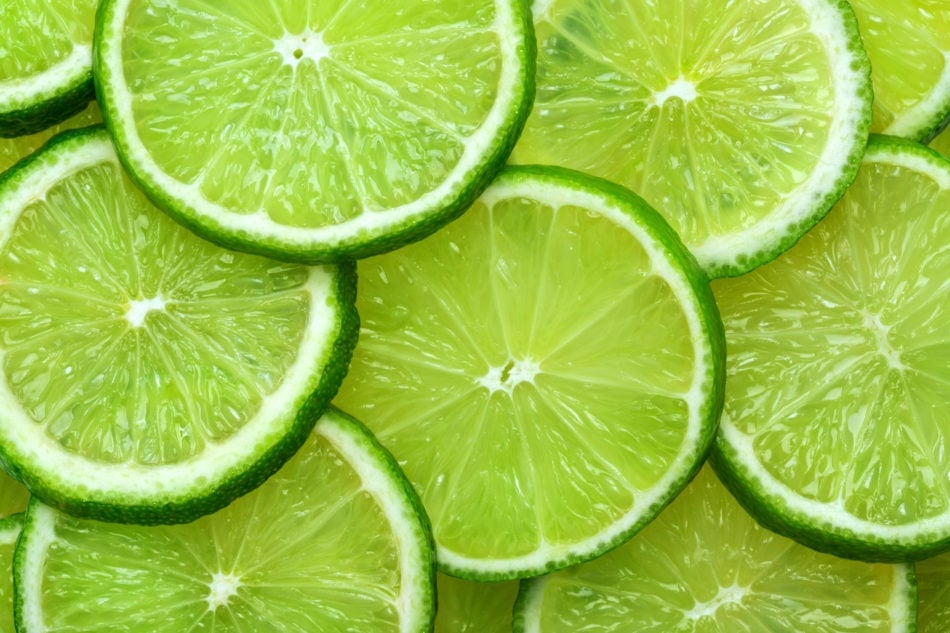
How To Treat A Mild Margarita Burn Skin Rash
Mild irritation may be treated at home:
1) Wash affected skin areas with soap and water.
2) Apply sunscreen. (This may reduce the severity of the reaction.)
3) Avoid additional sun exposure to lessen the severity and duration of symptoms. (Sweating and heat worsens the phototoxic reaction.)
4) Apply a cool compress or ice pack. This may ease the initial discomfort of the skin rash. (If you’re using an ice pack, wrap it in a thin towel. Never apply an ice pack directly to skin.)
5) Apply hydrocortisone cream to reduce inflammation. There are also over-the-counter anesthetic sprays and first-aid creams that may aid in pain relief and ease itching.
6) Call a dermatologist for treatment recommendations, if needed.
Seek medical attention if a substantial portion of the body is affected—especially if a fever is present.
Note: Farmers’ Almanac does not offer medical advice. Please address all medical concerns with your primary care physician.

Deborah Tukua
Deborah Tukua is a natural living, healthy lifestyle writer and author of 7 non-fiction books, including Pearls of Garden Wisdom: Time-Saving Tips and Techniques from a Country Home, Pearls of Country Wisdom: Hints from a Small Town on Keeping Garden and Home, and Naturally Sweet Blender Treats. Tukua has been a writer for the Farmers' Almanac since 2004.





